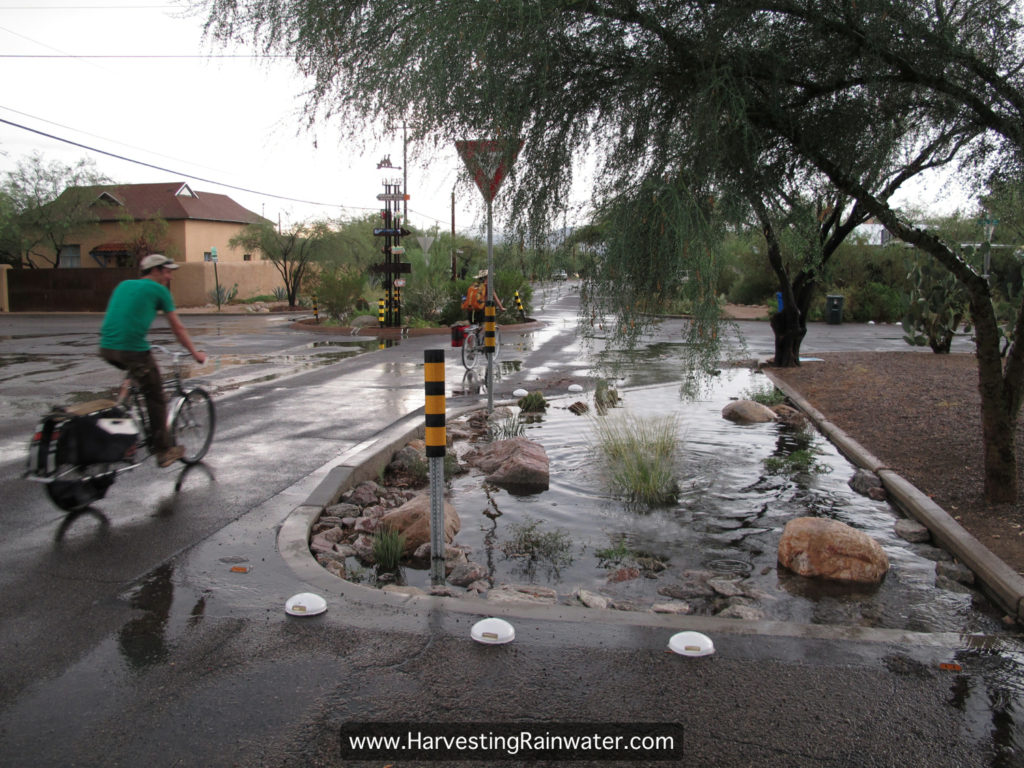An Evolving Checklist of Green-Infrastructure Capacities to Develop and Potential Strategies to Implement in Our Communities
www.HarvestingRainwater.com
The following was prepared for the BECC/COCEF 2015 Border Green Infrastructure Forum. It is an evolving document meant to help promote and evolve the concept and practice of Green Infrastructure (GI) among local officials, developers, consultants, academics, non-profits, and the general public in communities on both sides of the US-Mexico border; to generate interest and build capacities in the various strategies, technologies, and policies involved in order to apply these concepts to public- and private-sector urban-infrastructure projects.
If you have anything to add or if you have constructive comments, please share your ideas with us. This way you can help evolve this blog-post and the document on which it’s based, which we plan to update/revise with more input.

What is Green Infrastructure?
Green infrastructure is living infrastructure. Living systems of vegetation, soil life, and infiltrated stormwaters are key to its function and effectiveness. It strives to align design principles and ecological-systems understanding. Thus it works with and demonstrates natural processes within our built environment.
Why Green Infrastructure?
To improve and inform the design of living urban infrastructure so it contributes to larger, interconnected living systems in a way that enhances the health and wealth of communities, their environments, and the larger shared watershed.
The more effectively green infrastructure utilizes indigenous species and their unique role in the local ecosystem, the greater the potential for renewal and regeneration that taps the essence of a place. Communities are traditionally built at concentrations of natural abundance (climate, water, fertile soils, minerals, trade corridors) which is then degraded or enhanced. Well-designed GI has the potential to contribute to, rather than extract from, that natural abundance.
See the new, full-color, revised editions of Brad’s award-winning books
– available a deep discount, direct from Brad:

Volume 1

